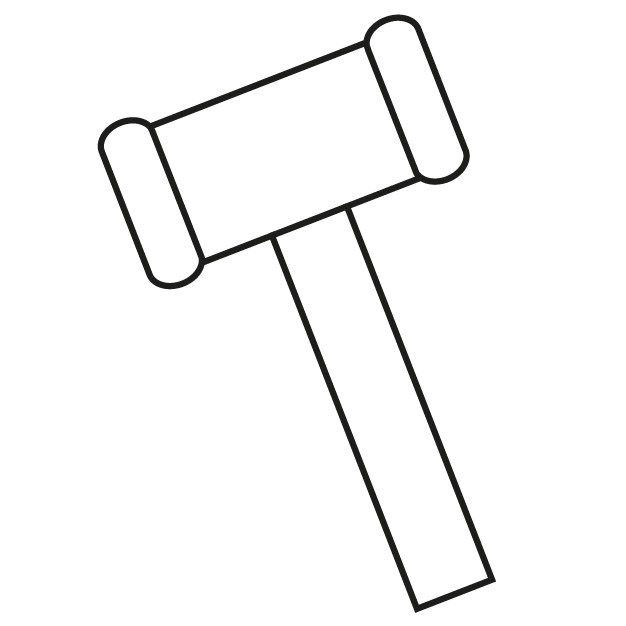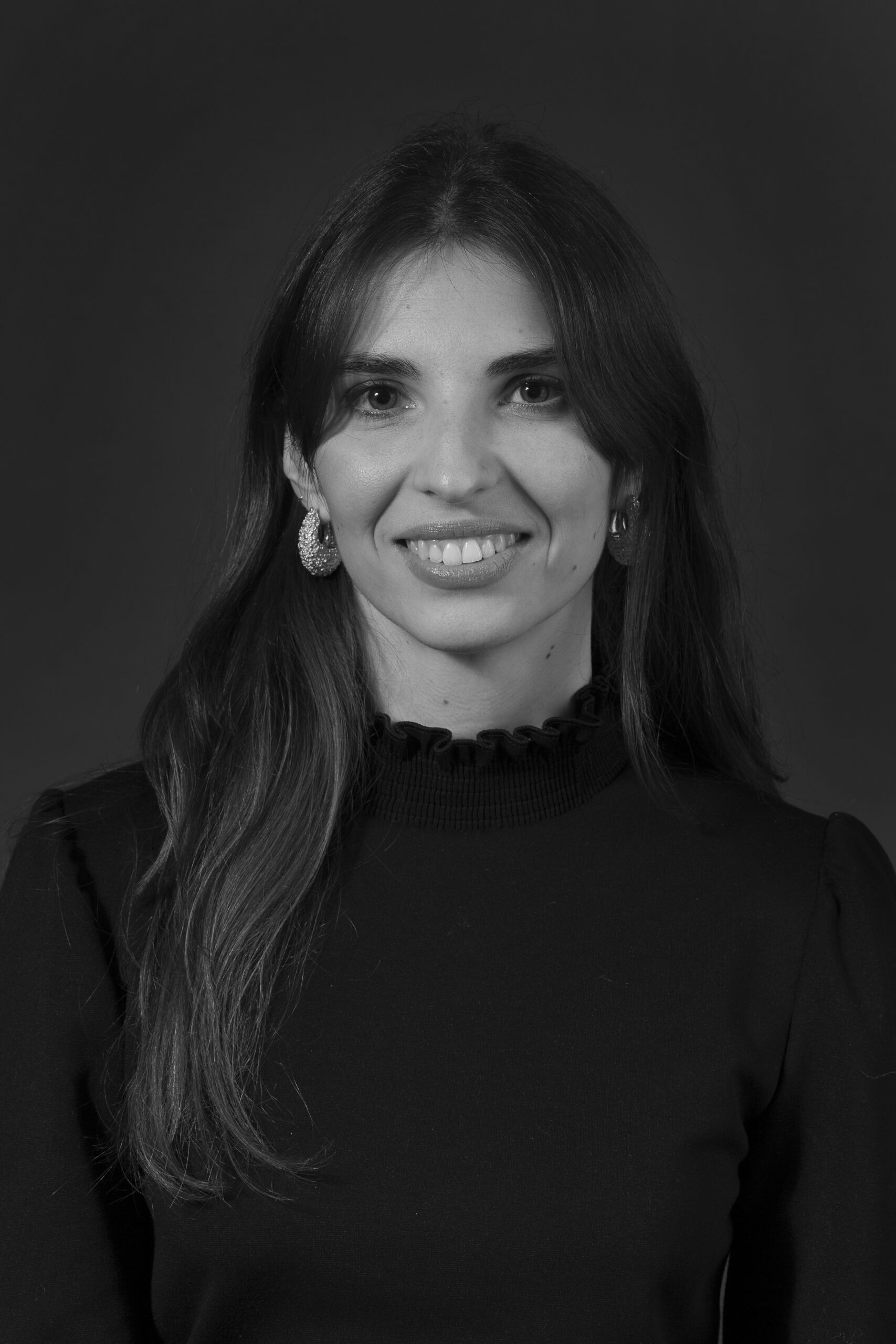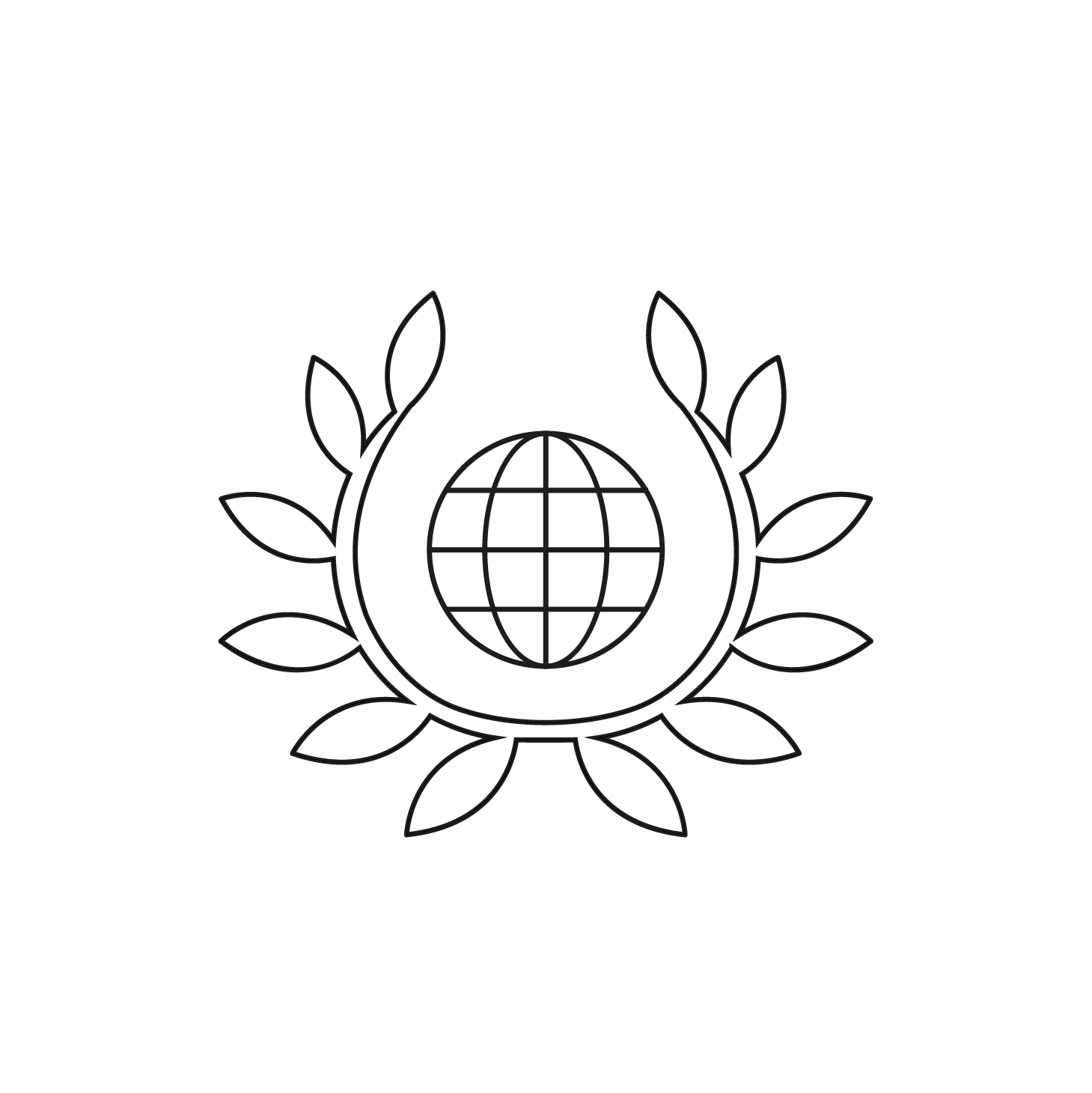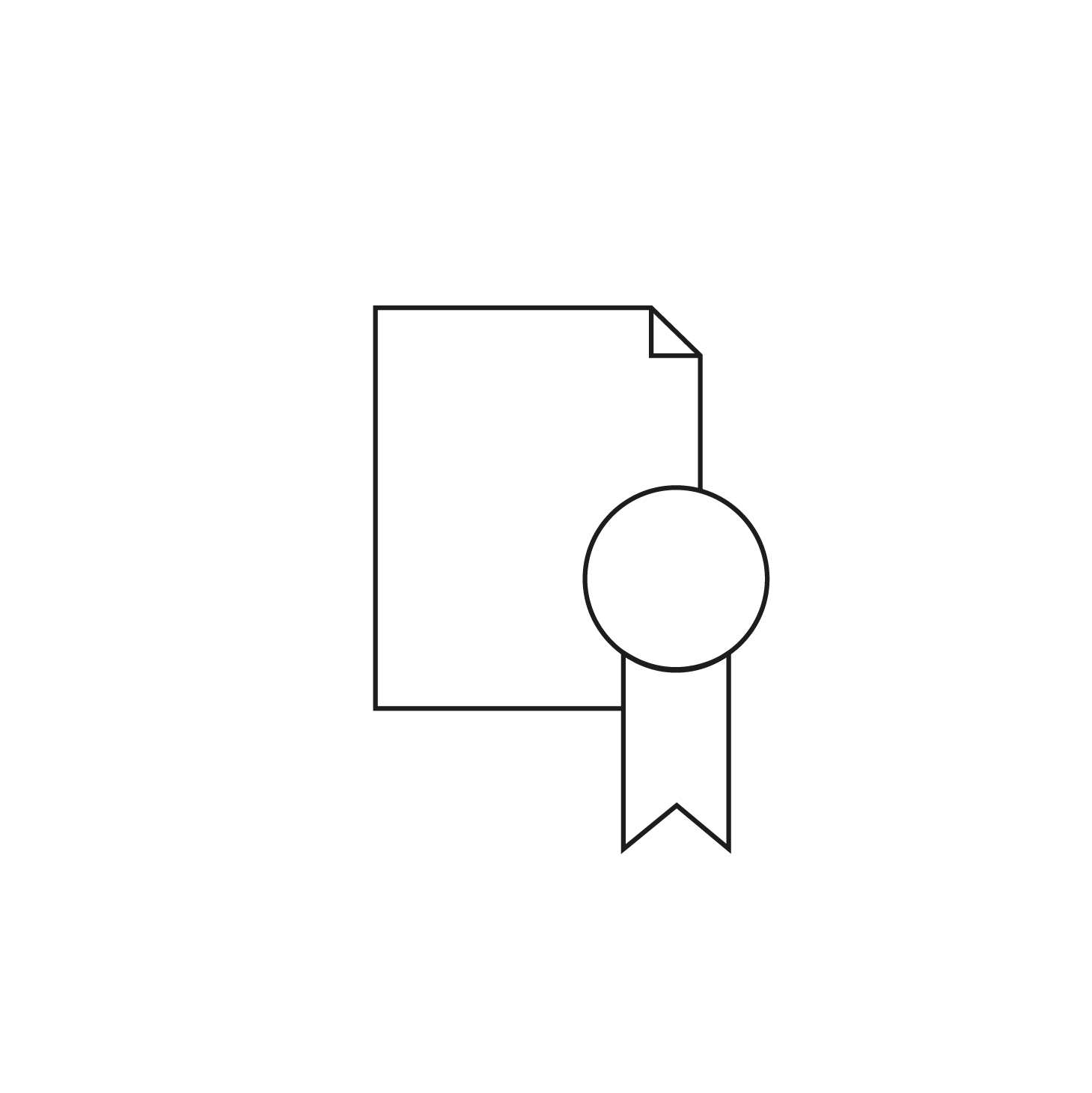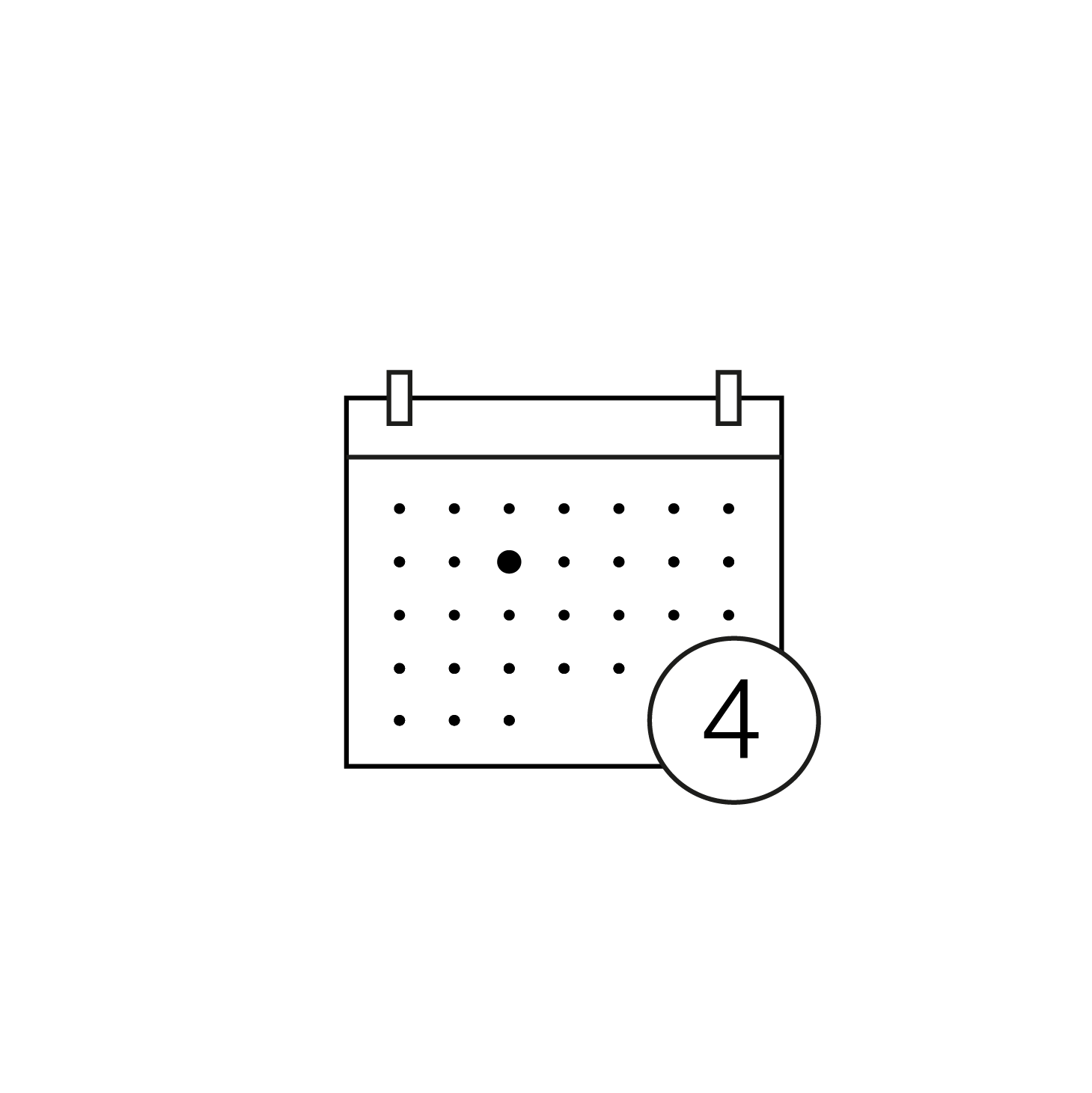Georges Braque is a central and tutelary figure of modern and contemporary art of the 20th century and has left his mark on the history of art. The depth of his work, be it objets d’art, engravings, paintings or collages, ensures his systematic success at public auctions and in galleries. Sought after by all the world’s greatest museums, art experts and the most discerning collectors, Georges Braque’s works are among the references of the modern and contemporary art market.
Before becoming the most famous friend of Picasso, Derain, Gris and Léger, Braque was first and foremost a fauvist painter who sought to break free from academism in a quest for the emancipation of colour. Following a stay in l’Estaque to discover Cézanne, he exhibited six paintings at the Salon des Indépendants in 1907, only one of which was selected. A second initiatory trip to l’Estaque was decisive for the painter, who returned to Paris with, in mind, the sketches of a new aesthetic that would change modern art forever.
At the Salon d’Automne of 1908, Braque exhibited resolutely more abstract works, but was once again turned down. Having spotted his talent at the 1907 Salon, gallery owner Daniel-Henry Kahnweiler bought the paintings and organized the artist’s first solo exhibition. The critics were mocking, but despite their mockery, they nevertheless recognized the eminently innovative nature of Braque’s work, writing that he “despises form, reducing everything, sites, figures and houses, to geometric patterns, to cubes” (Louis Vauxcelles, Gil Blas, 1908). Braque, the tempered father of a new pictorial and intellectual philosophy, and Picasso, a prolix and extroverted plastic virtuoso, worked together, inhabited by the same project of creating, with cubism, a true revolution in all the arts. The collaboration of the two geniuses was interrupted in 1914 when Braque was mobilized at the front. Between 1922 and 1961, Braque devoted himself to the exploitation, on all media and by various techniques, of recurring themes that he chose with a double desire to show the infinite potential of a subject and to perfect its expression. While no one is unaware of the Fauvist painter at the origin of Cubism, a more artisanal facet of Georges Braque’s life is less well known.
Braque trained in craft and decorative techniques at the home of a friend of his father’s, Roney, and then at the Humbert Academy in Paris. There he learns stencil, faux wood, faux marble and glued paper. However, it wasn’t until 1939 and the restrictions of the Second World War that Braque, forced to abandon painting, turned back to sculpture, and then to gemmail – the superimposition of coloured glass fragments – from 1955.
In 1960, Christian Zervos prepared a book on Braque’s sculptures and counted 33 of them, for more than 800 sculptural works by Picasso. This is a revelation for the artist who decides to tame the third dimension. For the “Metamorphoses”, Braque selects some of his major works that he transcribes into gouache models so that they can be reinterpreted in various sculptures, ceramics and jewellery. The artist creates the conceptual part of these works, which will later be made in bronze, gold, stone or crystal. Knowing that he was ill, he made sure that the project would last by signing each of these gouaches with a reproduction authorization for the attention of the lapidary sculptor Heger de Loewenfeld, who was charged with accomplishing all that he no longer had the strength to achieve. Many of these works are presented in the Louvre in the year of his death, in 1963, on the initiative of André Malraux, Minister of Culture.
The Contemporary Art department of Aguttes Commissaire-priseur offers to sellers who wish to have their works by Georges Braque appraised and estimated in complete confidentiality and to sell them by auction.

